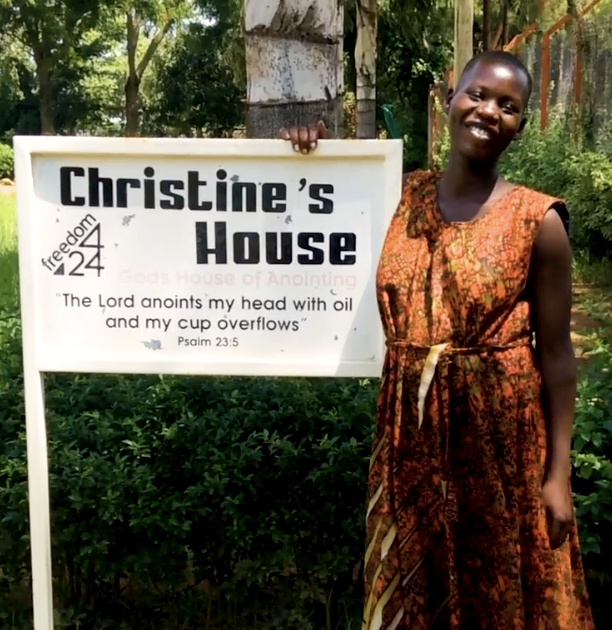Freedom Blog
Commons Myths about Human Trafficking From Film and Media
Many people have some idea or impression of human trafficking, but often, film and media can mislead audiences with inaccuracies. A study by Polaris reviewed several films that misrepresented human trafficking. The first, Taken (2008), follows a father’s action-packed quest to rescue his kidnapped daughter, who is sold to traffickers…. Read more.
Be Mercy's Ally
Mercy is a 16-year-old girl who is six months pregnant currently living at Christine’s House in Gulu, Uganda. Mercy is the second of four children who were being raised by their mother who suffers with a disability. Mercy’s parents separated when she was young, leaving her mother to provide for the children on her own. Her mother struggled to pay the children’s school fees, buy sanitary pads, or even shoes. Her mother began farming on a small scale just to feed her family.
There is Such Thing as Too Much "Love"...
Both giving and receiving time together, compliments, and gifts are a normal part of most relationships, however, when these become extreme, it can be an early sign of manipulation or “love bombing,” a tactic that includes showering a future victim with affection, gifts, and building trust as a means of manipulation.
Sexual Abuse: Vulnerabilities and Prevention
The reality is, our youth are experiencing sexual abuse more and more, and it becomes difficult for youth to name their experiences as sexual abuse because it’s been so normalized. For example, sexting is a normal way of communication between youth, and I can assure you it’s happening in almost every school across the U.S.— yet sexting is sexual abuse. When youth and adults can name something so normal as abuse, we prevent it from happening and restore those who’ve gone through it.
How Traffickers Use The Boyfriend Tactic
Hi. My name is Dyimon. If you are reading this I am delighted you’ve taken a few moments to listen to my words and I hope after you read this you will be compelled to share what you’ve learned with others. When I was 20 years old, I narrowly escaped with my life after being sex trafficked.
The number one way victims are trafficked.
We know that 93% of victims of sexual abuse and exploitation (0-17 years old) know and have some sort of relationship with their perpetrator. There was a connection before exploitation ever started. This fact of context, proximity, and connection is vital in the fight to end human trafficking and exploitation.


















